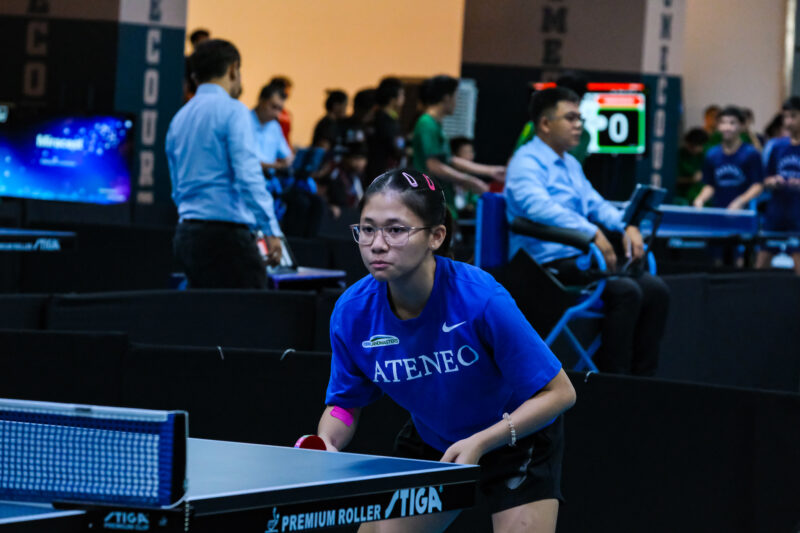Today is the last day of the plebiscite of the proposed 2016 Undergraduate Constitution of the Loyola Schools. After a year of preparation and deliberation, it is now up to the student body to approve the changes made. A quota of 3,309 votes must be met to prevent a failure of plebiscite.
What changes are at stake in the new constitution? Here’s a quick recap of the major provisions found in the draft.
No more quota
The new constitution does away with the quota requirement for electing Sanggunian officers prescribed in the old constitution.
For the last three years, failure to hurdle the quota requirement has paralyzed the Sanggunian.
Last October, special elections for the Top 4 positions were held to fill the vacancies caused by the failure of the general elections held on March 2015. None of the Top 4 seats were filled since only 3,001 votes were cast, short of the 4,545 required by the quota.
According to the Sanggunian resolution that created the Constitutional Convention, “the procedural laws in the Constitution override the principles of representation, participatory democracy, and efficient and effective services ought to be discharged by the Sanggunian.”
Representation
Similar to the Philippines’ party-list system, the new constitution will make room for sectoral representatives in the Sanggunian. They will represent their respective sectors, defined as “a group from the student body, organized and pursuing representation, with distinct needs and whose interests are consonant with the commitments, thrusts, and vision of the Sanggunian.”
Groups seeking representation as sectors would have to first fulfill COMELEC’s requirements. If these requirements are met, COMELEC will set a referendum. The group should get at least 10% of the votes to become a recognized sector.
Each recognized sector will have one representative in the Central Assembly.
Central Assembly
The Finance Officer and Secretary General positions were abolished to make way for the Central Assembly and four School Assemblies, which shall act as the new deliberative bodies of the Sanggunian.
The Central Assembly will consist of the School Representatives, Sector Representatives, Committee Heads, a Council of Organizations of the Ateneo (COA) Representative, and a Ateneo Residents Student Association (ARSA) Representative.
Selected Sector Representatives will be appointed as the respective Committee Heads. The COA Representative and ARSA Representative will be recognized as the highest-ranking officials of their respective institutions.
Meanwhile, each School Assembly will consist of Course Representatives and the School Representative of their respective constituency.
Exchange students and part-time students are now recognized as constituents of the Loyola Schools student body, bestowing them the right to “seek representation in and through Sanggunian.”
Accountability
Explicitly written in Article II (Student Rights), Section 8 of the new constitution is the right “of every student to seek accountability from its Sanggunian.”
Two units, namely the Office of the Ombudsman and Commission on Audit, were formed to work closely with the Student Judicial Court (SJC) in augmenting the accountability of the entire Sanggunian.
The Office of the Ombudsman takes charge of investigating “inefficiencies, red tape, mismanagement, fraud, and corruption in the Sanggunian,” including the acquisition of ill-gotten wealth. The office will consist of one Ombudsman and at least six prosecutors.
Meanwhile, the Commission of Audit is responsible for ensuring financial transparency and monitoring the expenditures and other financial activities of the Sanggunian. It will be composed of one Commissioner and at least six auditors.
Officers of these respective bodies will be appointed by the outgoing magistrates of SJC. Both offices enjoy fiscal autonomy, indicating a separation of powers and independence from other bodies.




